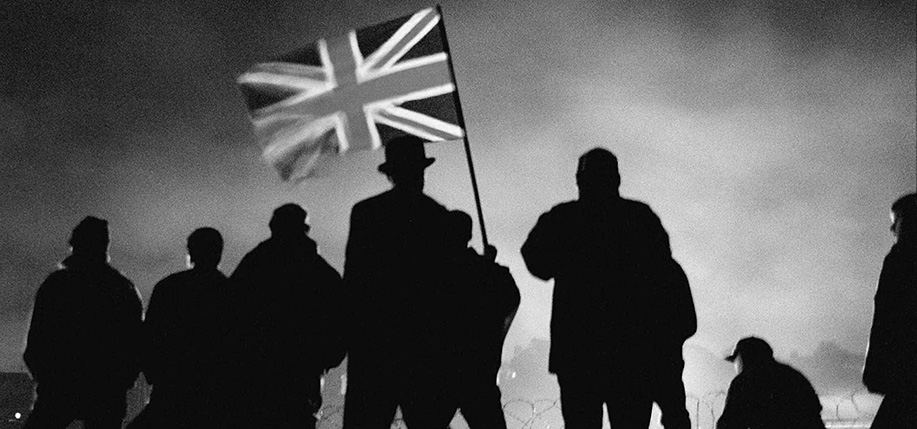For the first time in many years, the marching season in Northern Ireland occurs against a backdrop of relatively stable political institutions. Yet as with other years, the marches erupted into almost two weeks of rioting, hijacking, and arson throughout the state. Loyalist areas descended into a state of near anarchy as Orangemen and Loyalist paramilitaries attacked Nationalists, RUC officers, and British soldiers alike.
The attacks took place after senior Portadown Orangemen called for protests against the Parade Commission’s banning of an Orange march along the Catholic-dominated Garvaghy Road. It was the second march to be banned from Nationalist areas in eight days. Orange parades have now been banned from Garvaghy Road for three years.
While Orange mobs were smaller than feared, they wreaked enough havoc to effectively bring several towns, including Belfast, to a standstill for two days, and British troops were recalled from England to reinforce the RUC.
In an unprecedented move, Church of Ireland leaders condemned the violent protests. The Archbishop of Dublin, Dr. Walton Empey, asserted, “To see a Church of Ireland church faced with a ring of razor wire, armed police, and soldiers fills us with a deep sense of shame at what was said and done in our name.”
In the Unionist community, a few prominent voices spoke out against the violence. Gary McMichael, head of the Ulster Democratic Party, asked the followers of notorious Loyalist leader Johnny Adair to not take part in the violence around Drumcree. David Ervine and Billy Hutchinson of the Progressive Unionist Party also condemned the violence.
Citizens of Derry stood out for their ability to accommodate their differences, hopefully setting a new precedent for the annual Orange Marches. The Apprentice Boys march, numbering 10,000 strong, went ahead peacefully after an agreement was reached with the Nationalist community. This year local businessmen in Derry chaired discussions in which Nationalists agreed not to stage counterdemonstrations protesting the march after the Parades Commission re-routed several Loyalist parades, including one on the Lower Ormeau Road in Belfast.
Apart from isolated skirmishes that were quickly defused, the RUC and parade stewards successfully kept Nationalist and Unionist groups apart utilizing steel barriers to create a buffer zone. ♦


Leave a Reply